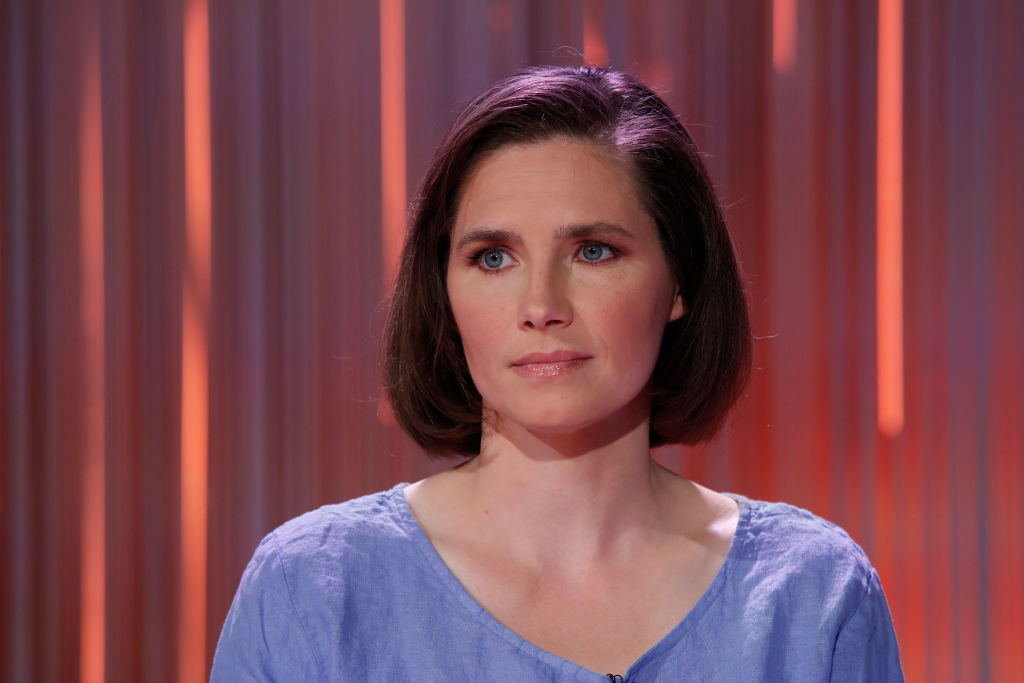In late 2019, for the first time ever, American women outnumbered men in the college-educated labor force. Women now earn bachelor’s degrees and doctorates at a higher rate than their male counterparts, and they account for more than 56 percent of law students. They lead more than 10 percent of Fortune 500 companies. Has the United States come a long way in equalizing opportunities for men and women? Definitely. Do we still have a long way to go? Absolutely, says Josie Cox in Women Money Power, her compelling analysis of the ups and downs of the long road toward workplace parity.
A New York-based financial journalist, and a contributor to this magazine, Cox traverses what she calls the “most influential cultural, political and legal developments of the twentieth century as they relate to women’s efforts to secure the opportunities they deserved to make money and to exercise power over their own lives and decisions.” And as her subtitle suggests, these developments have not led ineluctably toward equality in the workplace; certain stubborn obstacles persist.
Cox’s survey begins with Rosie the Riveter, the World War Two-era poster-woman for workplace egalitarianism. Rolling up her sleeves, stomping on Mein Kampf, and boldly declaring, “We can do it!” Rosie sparked what Cox calls “a transformational realization… that nothing, practically speaking, precluded a woman doing a man’s work.” At the height of the war, women composed an unprecedented 12 percent of the national workforce, and they arguably had Rosie to thank: one scholar called the ad campaign “the most comprehensive, well-organized effort this society has made toward ending prejudice against women in male occupations and toward legitimizing the notion that women belong in the paid workforce.”
Alas, in the war’s wake, the female share of the workforce plummeted to a paltry 1 percent. The 1950s saw the development, however, of the birth control pill, whose development Cox records as a series of struggles on the part of the activist Margaret Sanger, the philanthropist (and early MIT student) Katharine McCormick and the biologist Gregory Pincus. Their collaboration, which wasn’t without its sinister side (Sanger espoused eugenics and advocated mandatory sterilization of minority groups), generated extraordinary freedom for women. Cox cites a study by two Harvard professors who found that the availability of the pill correlated tightly with earnings potential.
In 1960 the Kennedy administration established the President’s Commission on the Status of Women, which was chaired by Eleanor Roosevelt and sought “to demolish prejudices and outmoded customs which act as barriers to the full partnership of women in our democracy.” In 1963, Congress enacted the Equal Pay Act, which, according to JFK, “represents many years of effort… to call attention to the unconscionable practice of paying female employees less wages than male employees for the same job.” Cox highlights the efforts of unsung heroes such as Pauli Murray, an African-American lawyer and pioneer for civil rights and gender equality, whose landmark law review article was entitled “Jane Crow and the Law: Sex Discrimination and Title VII.” Along with the more celebrated Betty Friedan, Murray founded the National Organization for Women, whose mission aimed “to bring women into full participation in the mainstream of American society.”
Not every effort, however, proved successful. The Equal Rights Amendment foundered in the 1970s, largely due to the work of the conservative activist Phyllis Schlafly. But that same decade witnessed the issuance of the Roe v. Wade decision, which for the first time recognized a constitutional right to abortion. In addition, women steadily continued to gain traction in the financial, legal, cultural and political realms. In the 1980s, the gender wage gap shrank more than any other decade of the century, while women won landmark Supreme Court cases involving discrimination on the basis of gender and pregnancy.
Cox doubts whether such workplace progress has been lasting or sufficient. “Telling a woman that it is possible” to have it all, as many, such as entrepreneur Sheryl Sandberg, have unapologetically done, “is as misguided as it is damaging.” Cox labels the 1990s, for women, a decade “far darker than the touched-up, airbrushed cover images of TIME and Vogue might suggest.” Yes, President Clinton signed the Family and Medical Leave Act, but that legislation provided only for unpaid leave. And yes, the pay gap continued to narrow, but at a slower pace and not satisfactorily, according to women like Lilly Ledbetter, whose groundbreaking 1998 lawsuit set the stage for the eponymous legislation that, years later, would close the gap incrementally more. While the Obama administration furthered progress on many fronts, Cox faults the Trump White House for rolling it back.
So what can be done to level the playing field? Cox points to the United Kingdom, which mandates gender pay-gap reporting for large companies, and to states like New York, which require firms to publish salary ranges when posting a job. Enacting national legislation providing for paid family leave and free or subsidized childcare would help as well, especially in the wake of the Dobbs decision, which overruled Roe. More fundamentally, society must overcome our cultural “gender authority” gap, according to which men’s opinions are simply — and groundlessly — taken more seriously than women’s.
Cox has persuasively documented the steady but halting progress that women have made in the workplace. We should applaud how far we’ve come while appreciating how far we still have to go.
This article was originally published in The Spectator’s May 2024 World edition.


























Leave a Reply